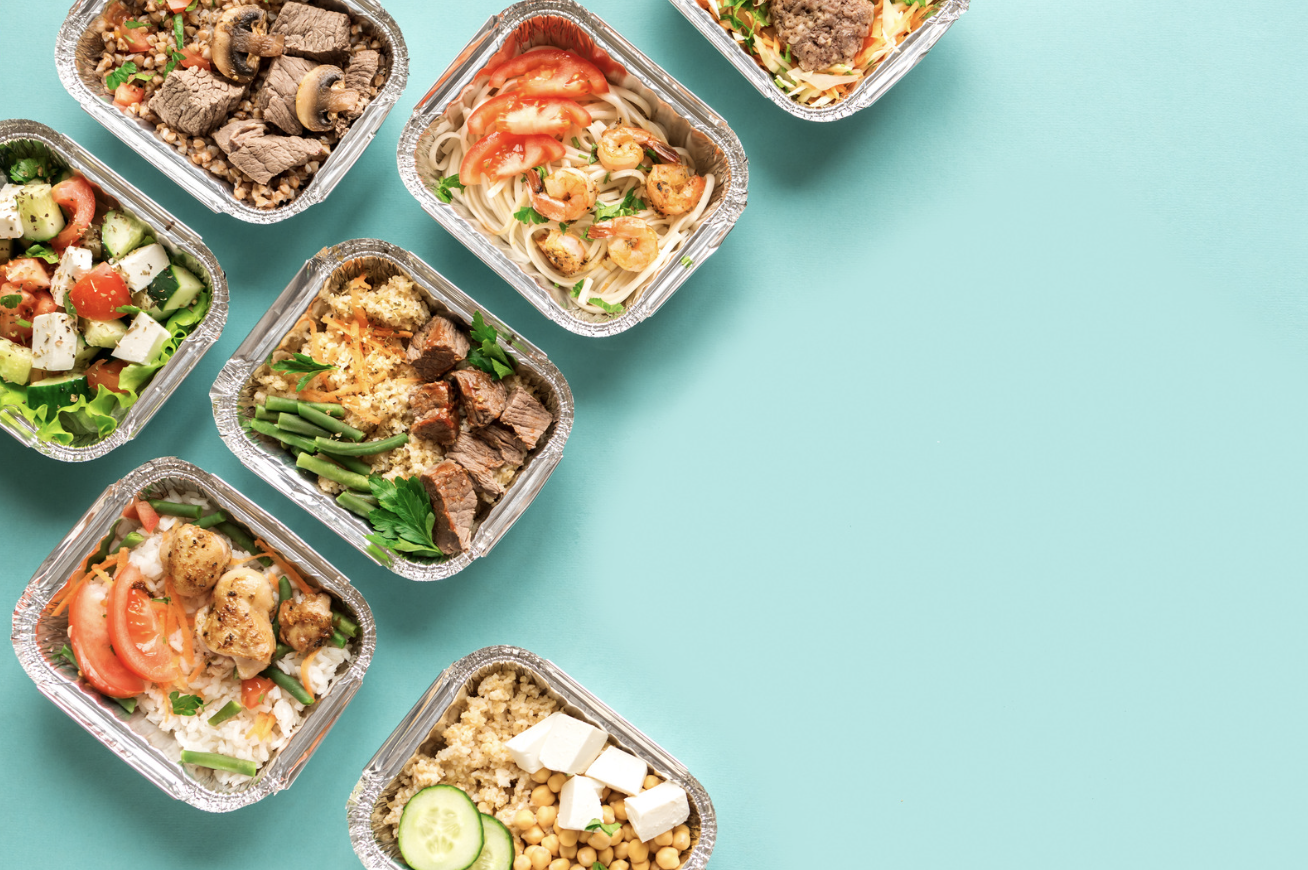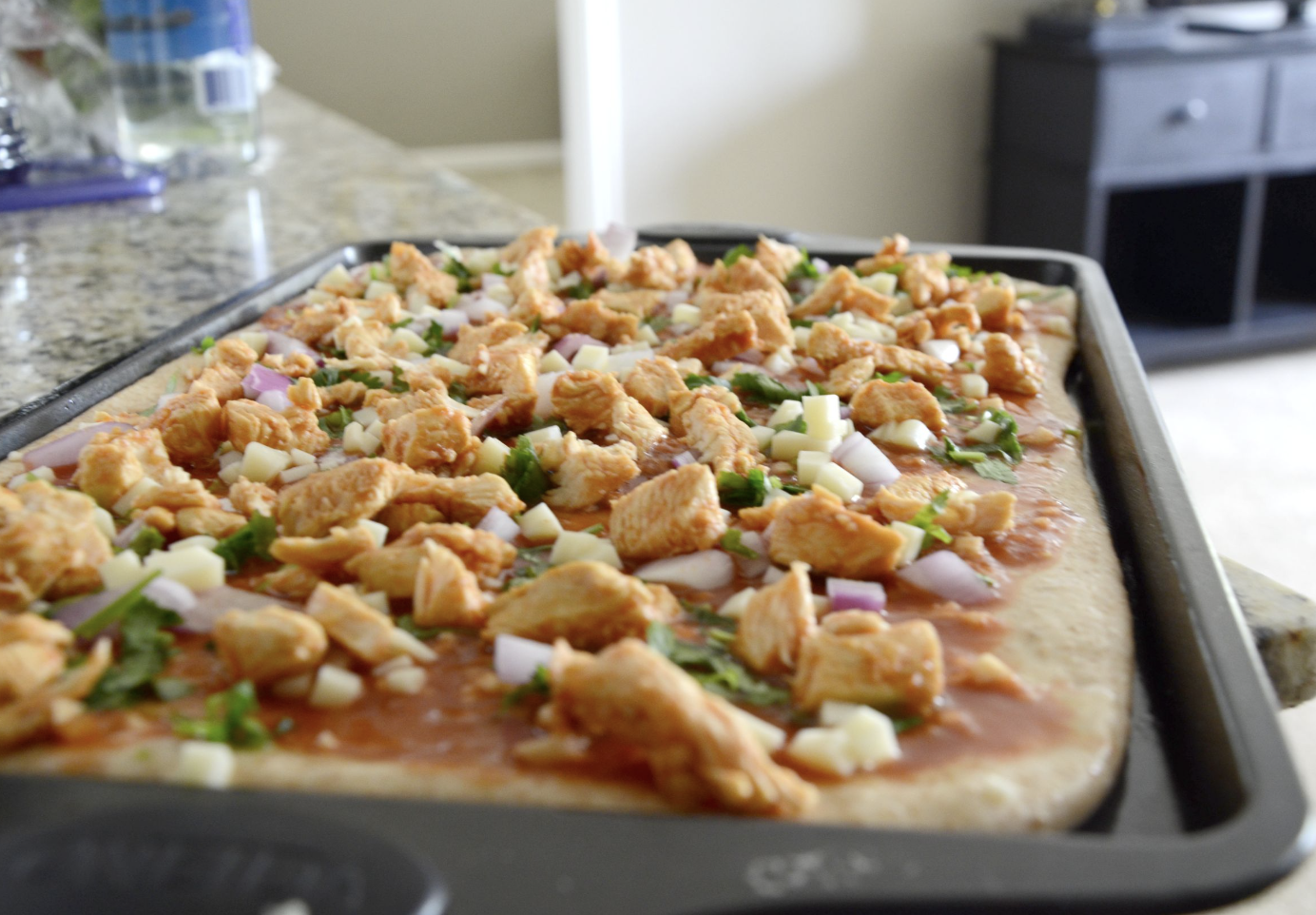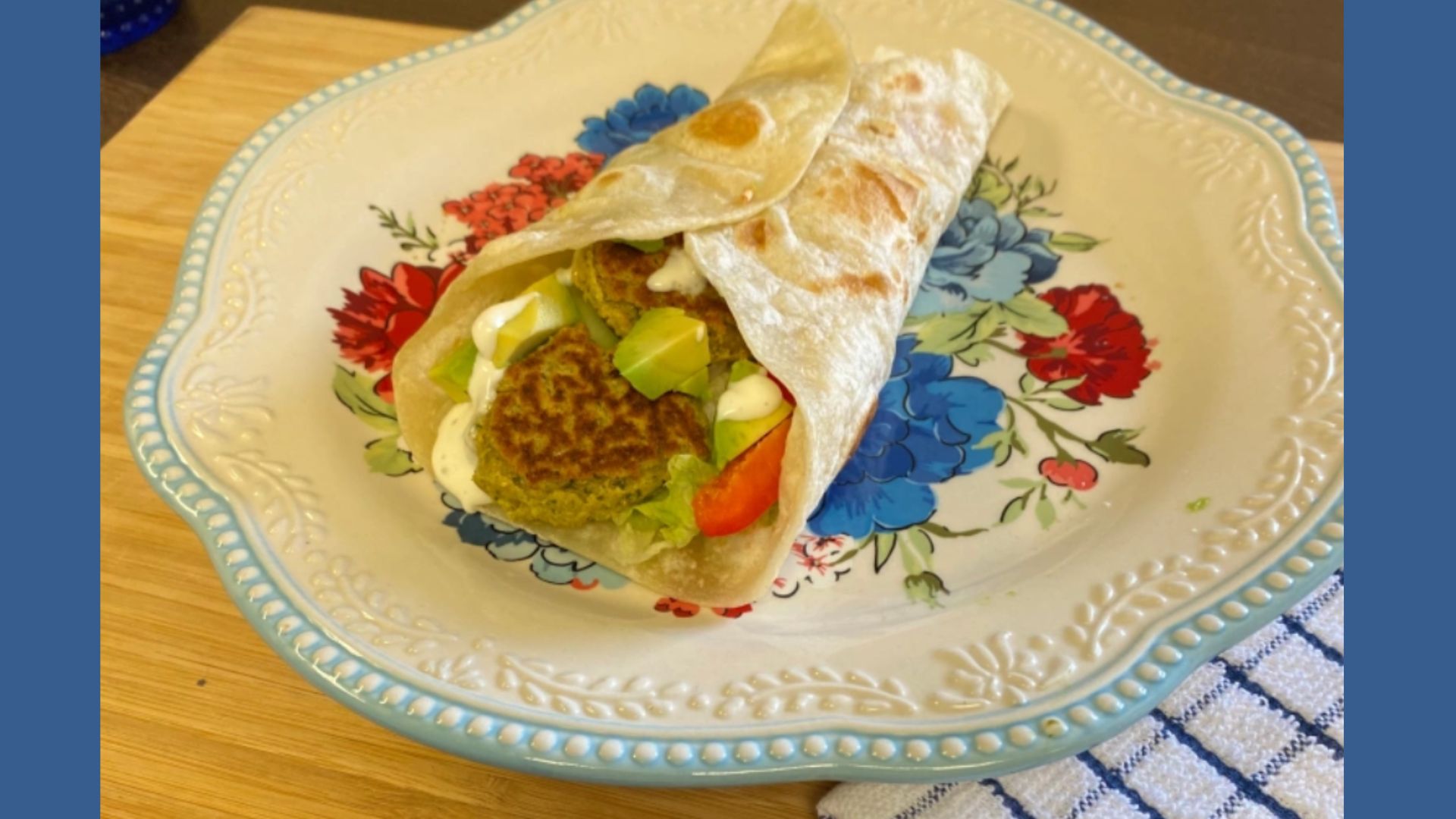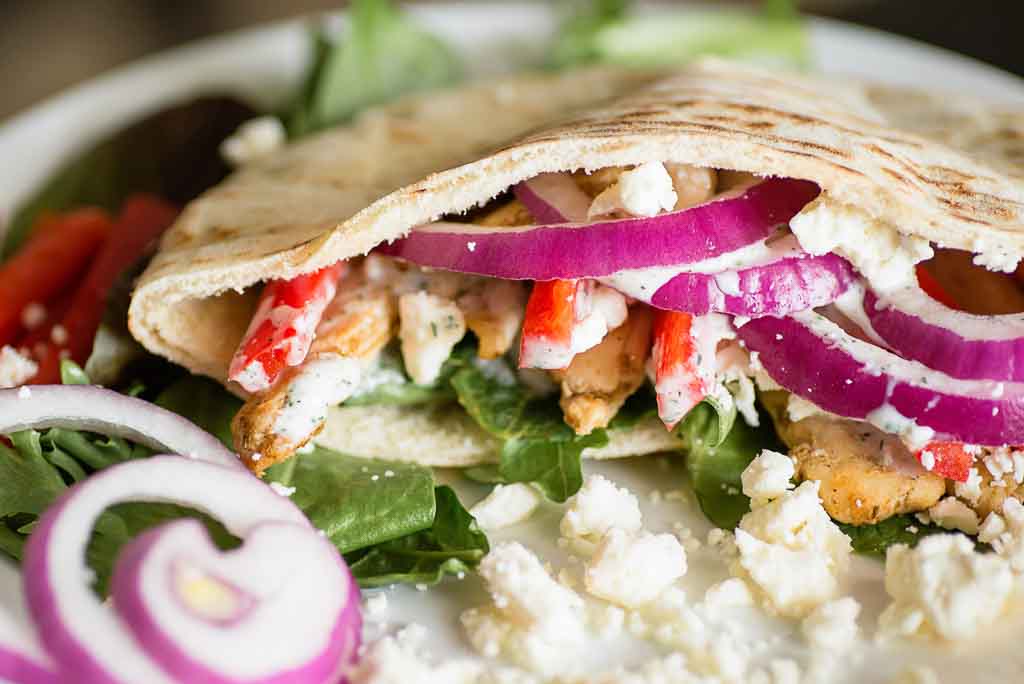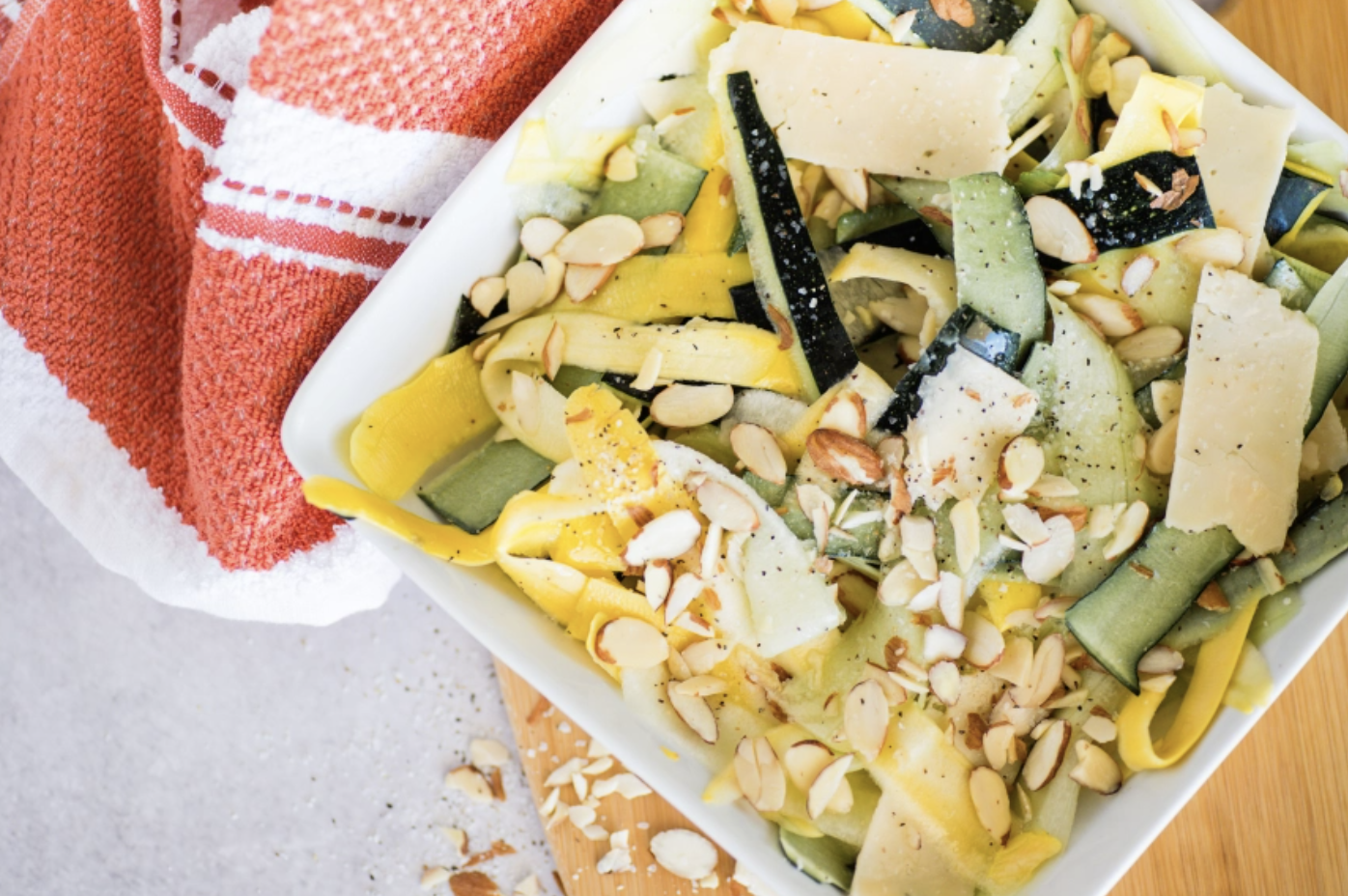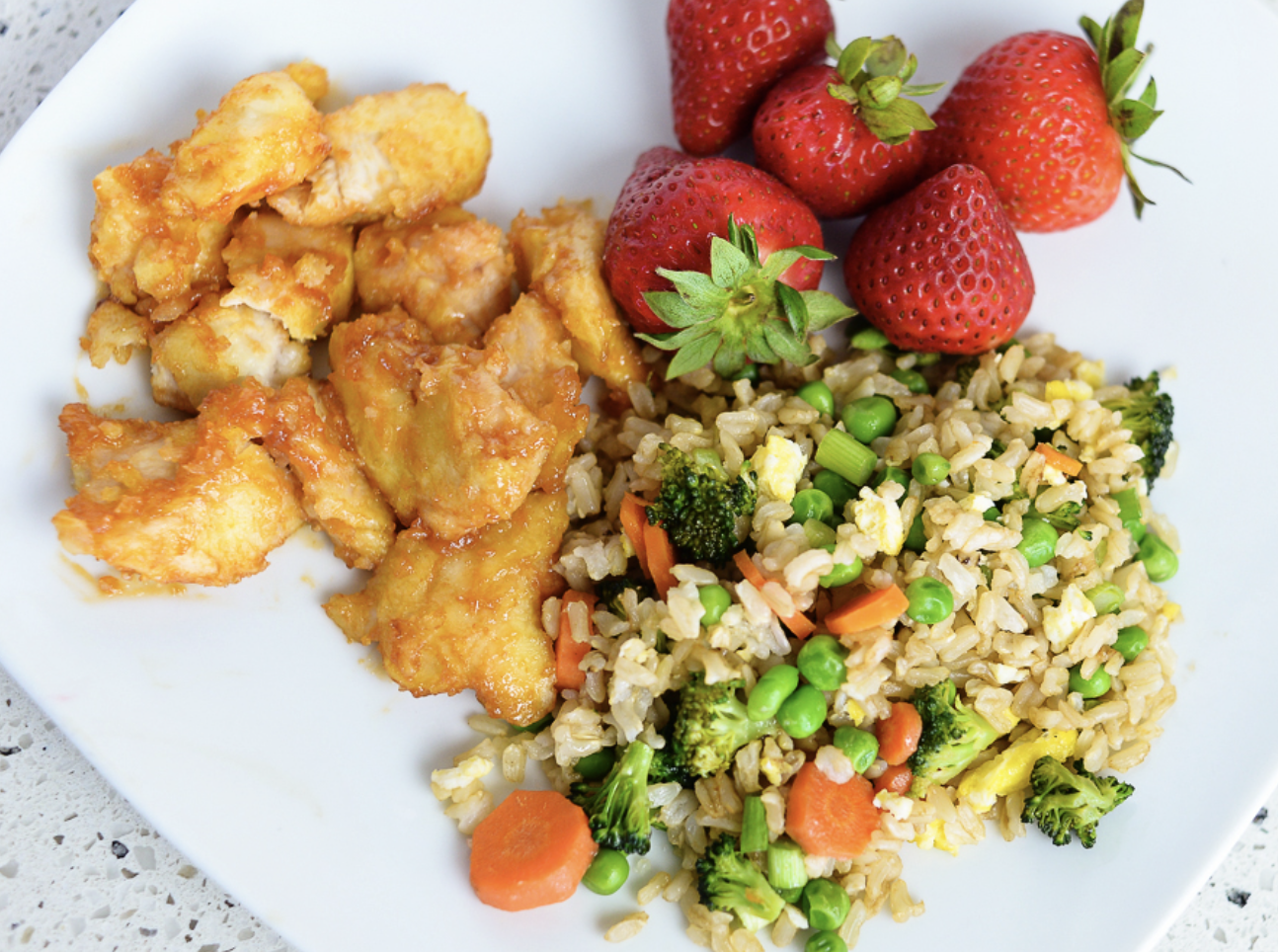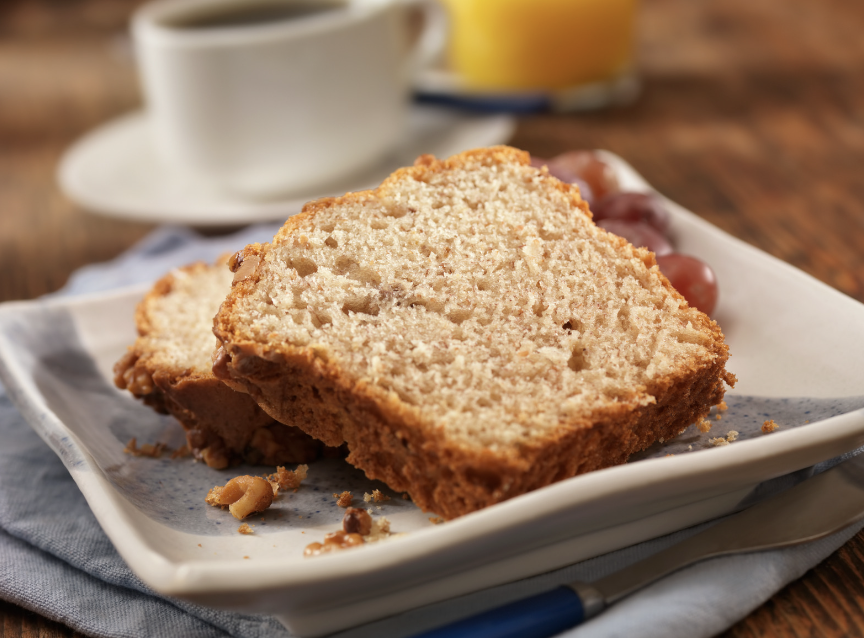The Delicious Duo of Brussels Sprouts and Carrots

When I was a little girl, my mom would make my favorite meal for me on my birthday. You might be surprised by my request. It wasn't pizza, chicken nuggets, spaghetti, or any other "normal kid food".
It was Brussels sprouts! Now that I'm all grown up, Brussels sprouts are still one of my favorite vegetables.
In this post, we will dive into everything to know about cooking Brussels sprouts and share one of my favorite Brussels sprouts recipes - Balsamic Roasted Brussels Sprouts and Carrots.
How to Pick the Best Tasting Brussels Sprouts
To get the best-tasting, most tender Brussels sprouts look for them when they are only 1 to 1 1/2 inches in diameter. They are much sweeter while they are still small.
They should be compact, firm, and green. Avoid choosing those that have torn or yellowing leaves.
Although they will taste best when consumed within a few days of purchase, they will last in the refrigerator for a couple of weeks.
For best results remove any damaged or loose leaves on the outside of the sprouts and store them in a produce bag in the coldest part of your refrigerator.

How to Cook Brussels Sprouts
Are you wondering how to cook Brussels sprouts? Follow these 5 simple steps:
- First wash them, pat dry, and remove any loose leaves.
- Next, trim the ends to remove any dry or brown parts of the base. Make a shallow "x" in the sprouts to help the heat penetrate the sprouts more easily.
- Mix the sprouts in a bowl with olive oil, salt, and pepper.
- Pour them on a cookie sheet and roast in the oven for 35-40 minutes at 400 degrees until the outsides are crisp and the insides are tender. If you overcook Brussels sprouts they will turn a drab olive green color. Overcooked Brussels sprouts can taste a bit like rotten eggs!
- You may want to shake the pan or stir the sprouts around from time to time to ensure they brown evenly.
Click here to check out the Top Ten Ways to Enjoy Brussels Sprouts for even more ideas on preparing.
What Do Brussel Sprouts Taste Like?
Brussels sprouts have a distinctive taste that can be described as a combination of earthy, slightly bitter, and nutty flavors. The flavor can vary based on factors such as how they're cooked and any seasonings or ingredients they're paired with. Here's a breakdown of their taste:
- Earthy: Brussels sprouts have a strong earthy flavor, reminiscent of other cruciferous vegetables like cabbage and broccoli. This earthiness is a result of the sulfur compounds present in these vegetables.
- Slightly Bitter: While the bitterness of Brussels sprouts can vary, especially when they're prepared properly, they do have a characteristic mild bitterness. This bitterness is more pronounced in raw or undercooked Brussels sprouts and can be mellowed through cooking methods like roasting, sautéing, or blanching.
- Nutty Undertones: Brussels sprouts often have nutty undertones that become more pronounced when they're cooked. This nuttiness adds depth and complexity to their overall flavor profile.
- Mildly Sweet: Contrary to the bitterness, Brussels sprouts can also have a mild sweetness, especially when they're cooked. This sweetness is more noticeable when the sprouts are roasted or caramelized, as the natural sugars in the vegetable are brought to the surface.
- Crisp Texture: In addition to their flavor, Brussels sprouts also have a texture that combines tenderness with a satisfying crunch, especially if they're cooked correctly. The outer leaves become crispy while the inner layers remain softer.
- Influenced by Cooking Techniques: The way Brussels sprouts are cooked significantly impacts their taste. For example, roasting them can bring out their natural sweetness and nuttiness, while blanching and sautéing can help mellow their bitterness.
- Absorption of Flavors: Brussels sprouts are excellent at absorbing the flavors of the ingredients they're cooked with. This makes them versatile and allows them to take on the taste of accompanying seasonings, sauces, and spices.
Keep in mind that personal taste preferences play a role in how one perceives the flavor of Brussels sprouts. Some people may enjoy their earthy and slightly bitter qualities, while others might prefer them when cooked to minimize bitterness and enhance their sweeter and nuttier aspects. If you're new to Brussels sprouts, trying them prepared in different ways can provide a better understanding of their diverse flavor profile.

How to Cook Brussels Sprouts in the Microwave
Cooking Brussels sprouts in the microwave is a quick and convenient way to prepare them. Here's a simple method for microwaving Brussels sprouts:
- Prepare the Brussels Sprouts:
- Wash the Brussels sprouts thoroughly under cold water.
- Trim the stem end of each Brussels sprout and remove any loose or damaged outer leaves.
- Cut and Season (Optional):
- You can halve or quarter the Brussels sprouts for quicker and more even cooking. Alternatively, you can leave them whole.
- Toss the Brussels sprouts with a drizzle of olive oil, salt, and pepper in a microwave-safe bowl. This step is optional but can enhance flavor.
- Cover the Bowl:
- Cover the bowl with a microwave-safe lid or microwave-safe plastic wrap. Leave a small vent to allow steam to escape.
- Microwave Cooking:
- Microwave the Brussels sprouts on high power. The cooking time will vary based on the size of the Brussels sprouts, your microwave's wattage, and your desired level of doneness.
- Start with 3-4 minutes of cooking time. After that, check the doneness by poking a fork or knife into a Brussels sprout. They should be tender but not mushy.
- If they're not yet cooked to your liking, continue microwaving in 1-minute increments, checking after each increment.
- Season and Serve:
- Once the Brussels sprouts are cooked to your desired tenderness, carefully remove them from the microwave.
- Season with additional salt and pepper if needed.
- Let them cool for a minute or two before serving.
- Optional Flavor Variations:
- After microwaving, you can drizzle with balsamic vinegar, sprinkle with grated Parmesan cheese, or toss with toasted nuts for added flavor and texture.
Remember that microwaves can vary in power, so adjust the cooking time accordingly. It's important not to overcook the Brussels sprouts to avoid making them mushy. With a little experimentation, you'll find the perfect cooking time that suits your preferences and microwave capabilities.
Pairing Carrots and Brussels Sprouts
Pairing carrots with Brussels sprouts can create a flavorful and visually appealing combination that balances the earthy qualities of Brussels sprouts with the natural sweetness and vibrant color of carrots.
Here are some tips and ideas for pairing these two vegetables:
Flavor Balance:
- Carrots bring a natural sweetness to the pairing, which can complement the slightly bitter and earthy taste of Brussels sprouts.
- The nutty undertones of Brussels sprouts can harmonize well with the sweet and earthy flavors of carrots.
- Adding a touch of acidity, such as a splash of balsamic vinegar or lemon juice, can enhance the overall flavor profile.
Texture Contrast:
- Brussels sprouts can have a crispy outer layer and a tender inside when cooked properly, while carrots offer a satisfying crunch.
- This textural contrast adds interest to the dish and creates a more enjoyable eating experience.
Seasonings and Enhancements:
- Fresh Herbs: Herbs like thyme, rosemary, or parsley can elevate the flavors of both Brussels sprouts and carrots.
- Garlic and Onions: Adding sautéed garlic and onions can enhance the overall taste profile.
- Nuts: Toasted nuts like almonds or pecans can provide a crunchy texture and a rich, nutty flavor that complements the vegetables.
Recipe: Balsamic Roasted Brussels Sprouts and Carrots
And now, for one of my favorite ways to enjoy this unique vegetable: Balsamic Roasted Brussels Sprouts and Carrots!
Ingredients:
- 1/2 pound of Brussels sprouts
- 3 medium carrots
- 1 T. balsamic vinegar
- 1 T. olive oil
- Salt & pepper to taste
Directions:
- Line a baking sheet with aluminum foil.
- On the baking sheet, toss Brussels sprouts and carrots with the vinegar and oil. Make sure each piece is coated.
- Sprinkle with salt and pepper.
- Roast at 400 degrees for 25-30 minutes until golden.
- Stir and flip the pieces 2-3 times during the cooking to ensure even browning.
- Serve immediately.


If You Liked This Post, You Don't Want to Miss These!













